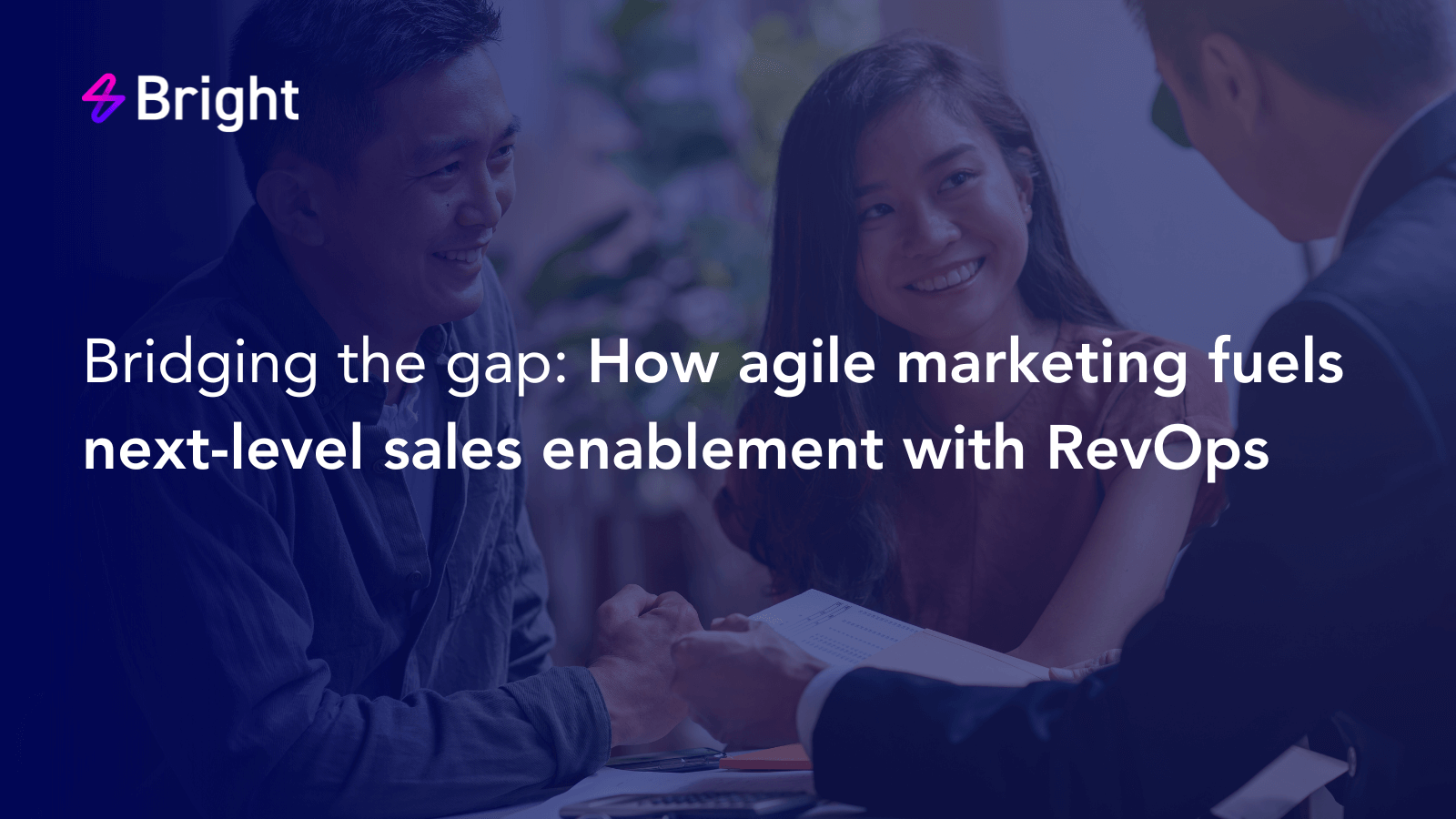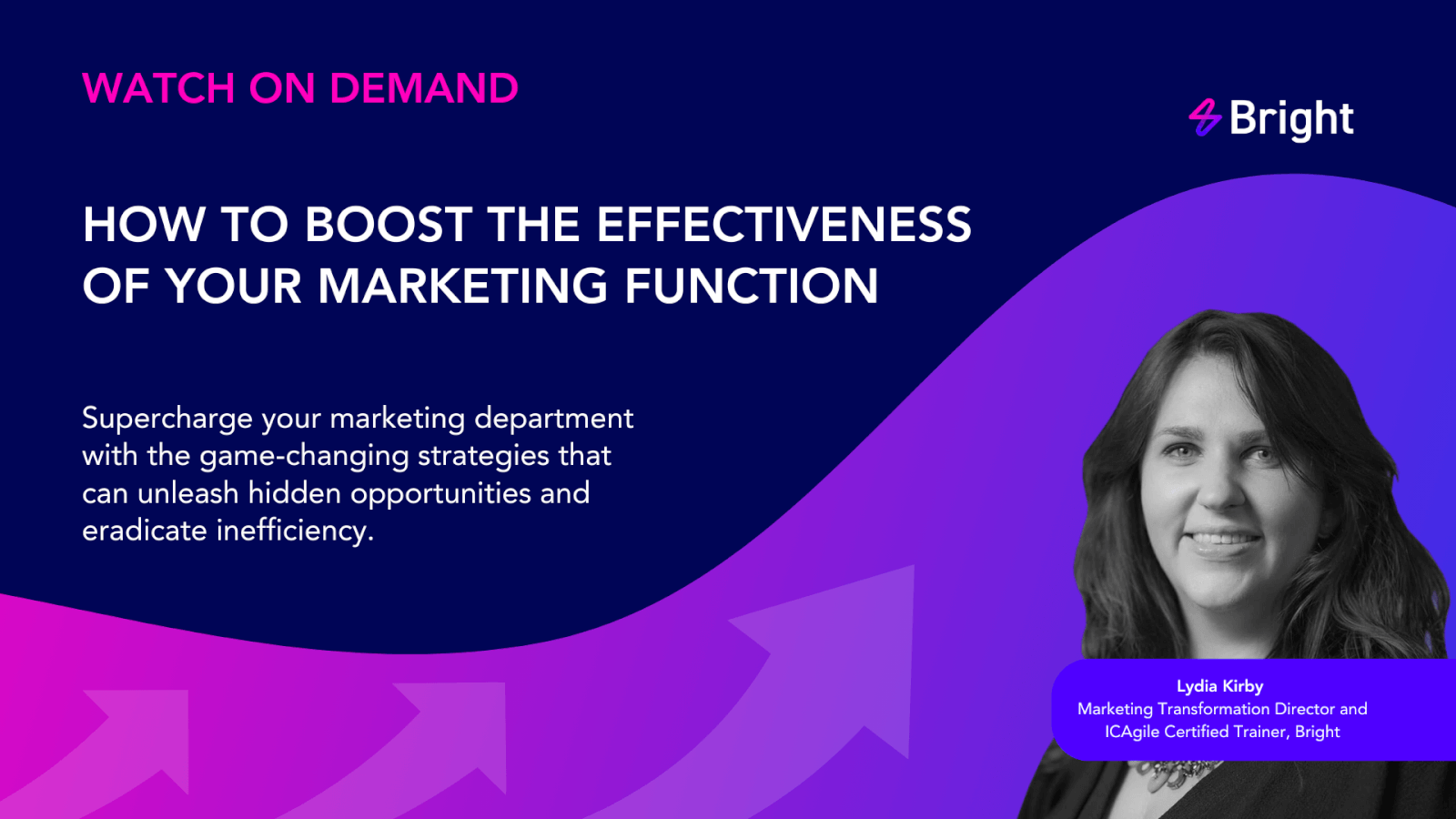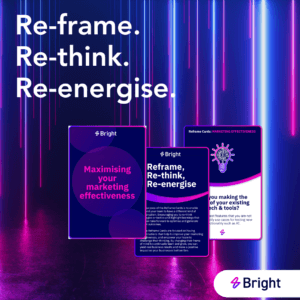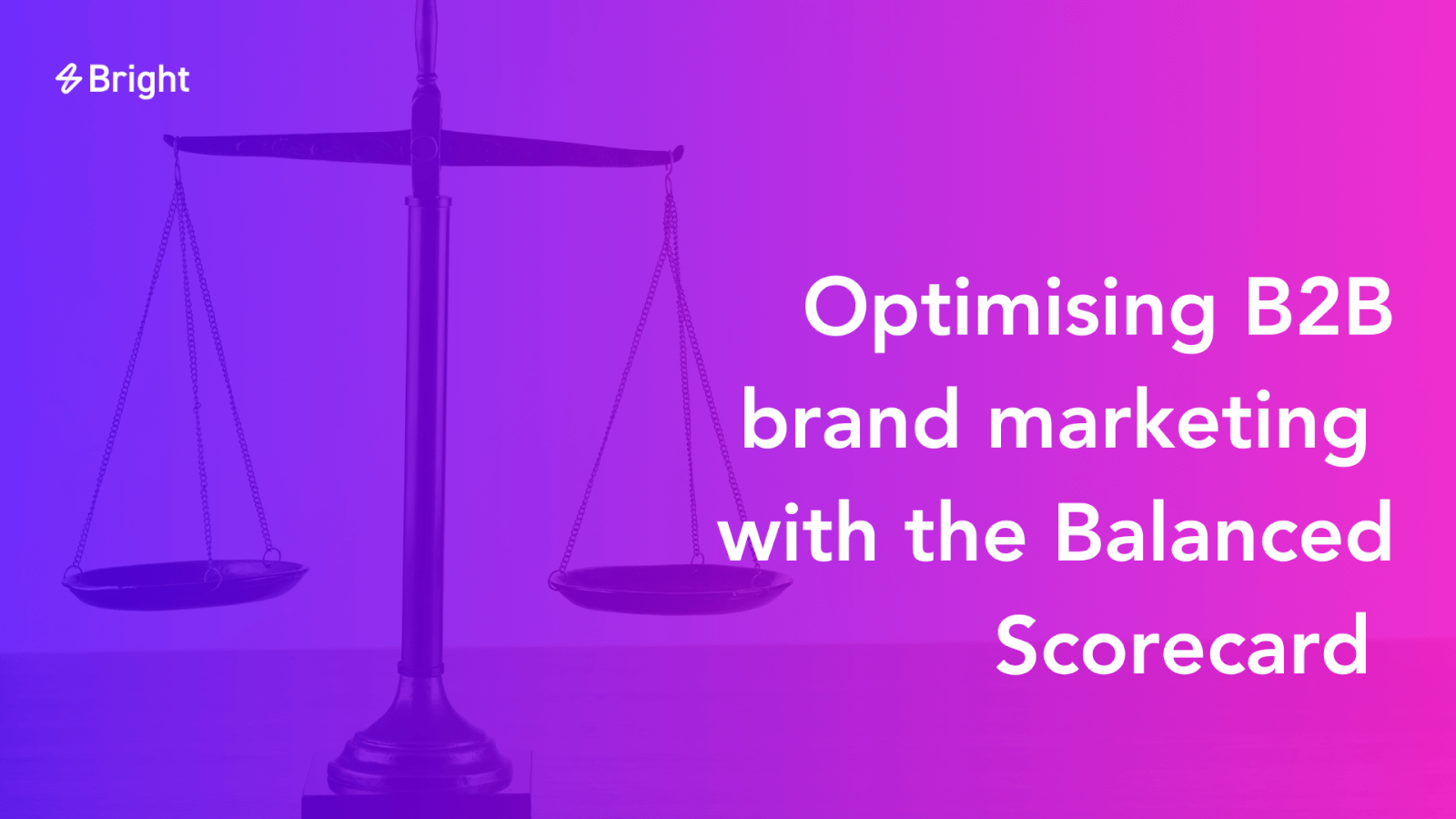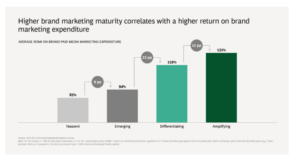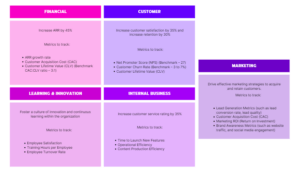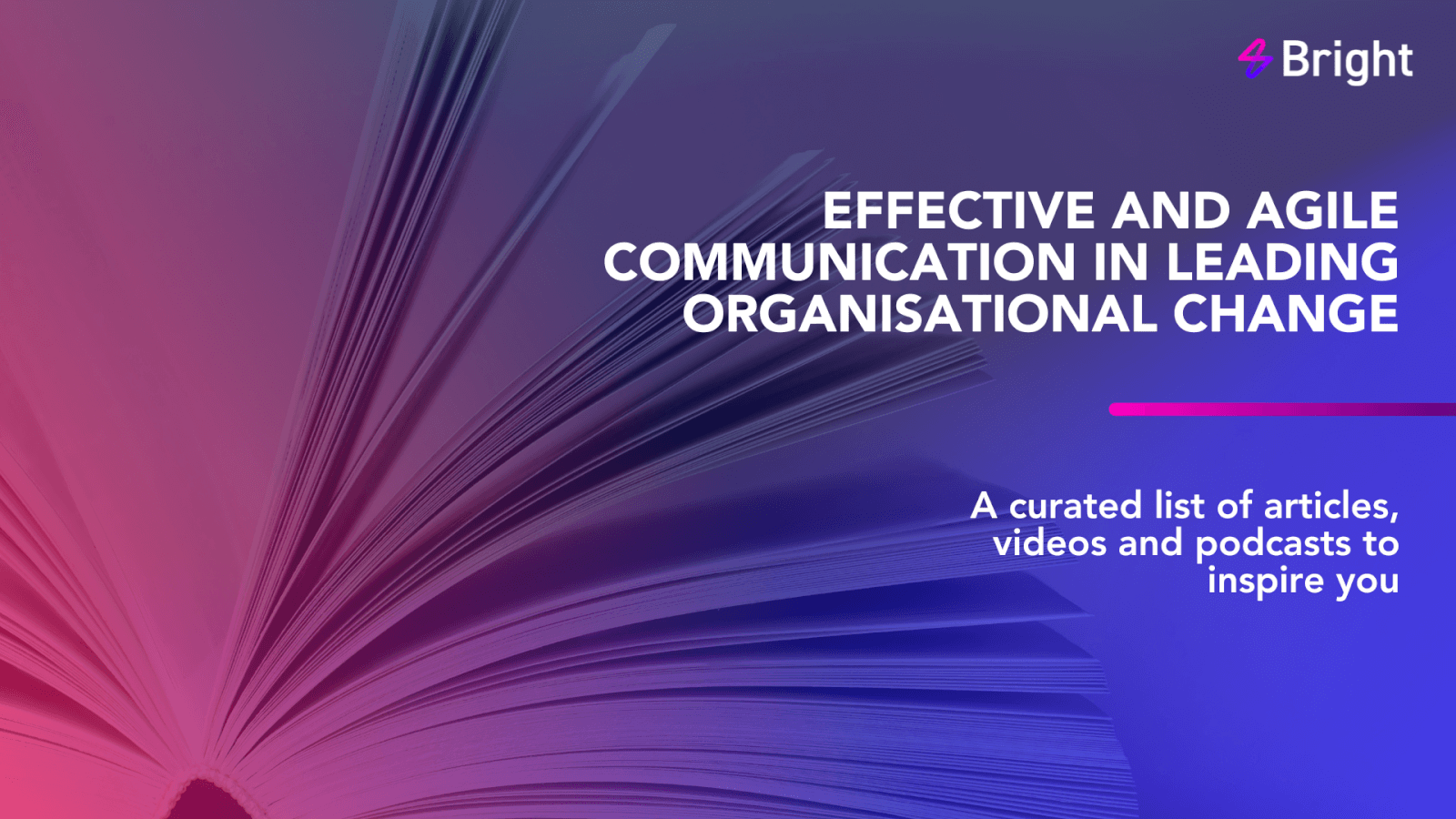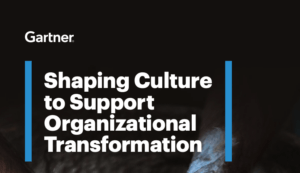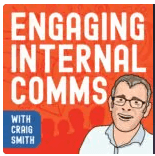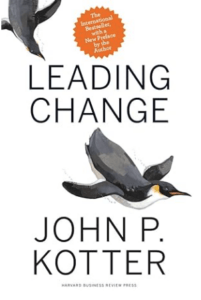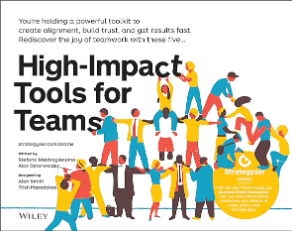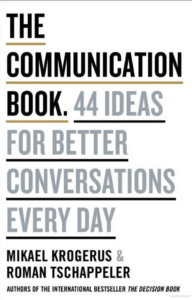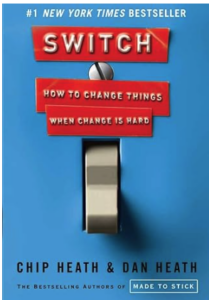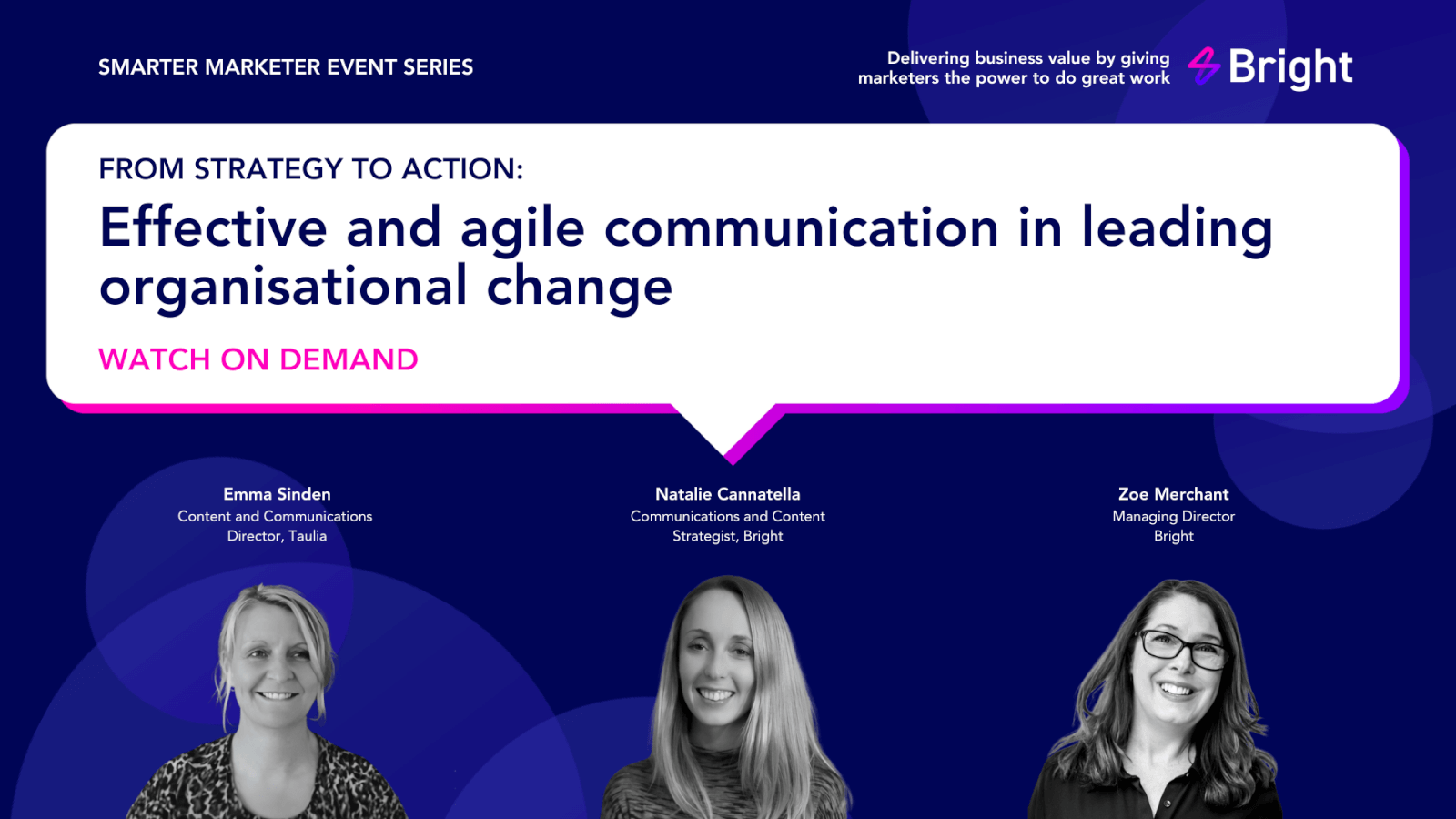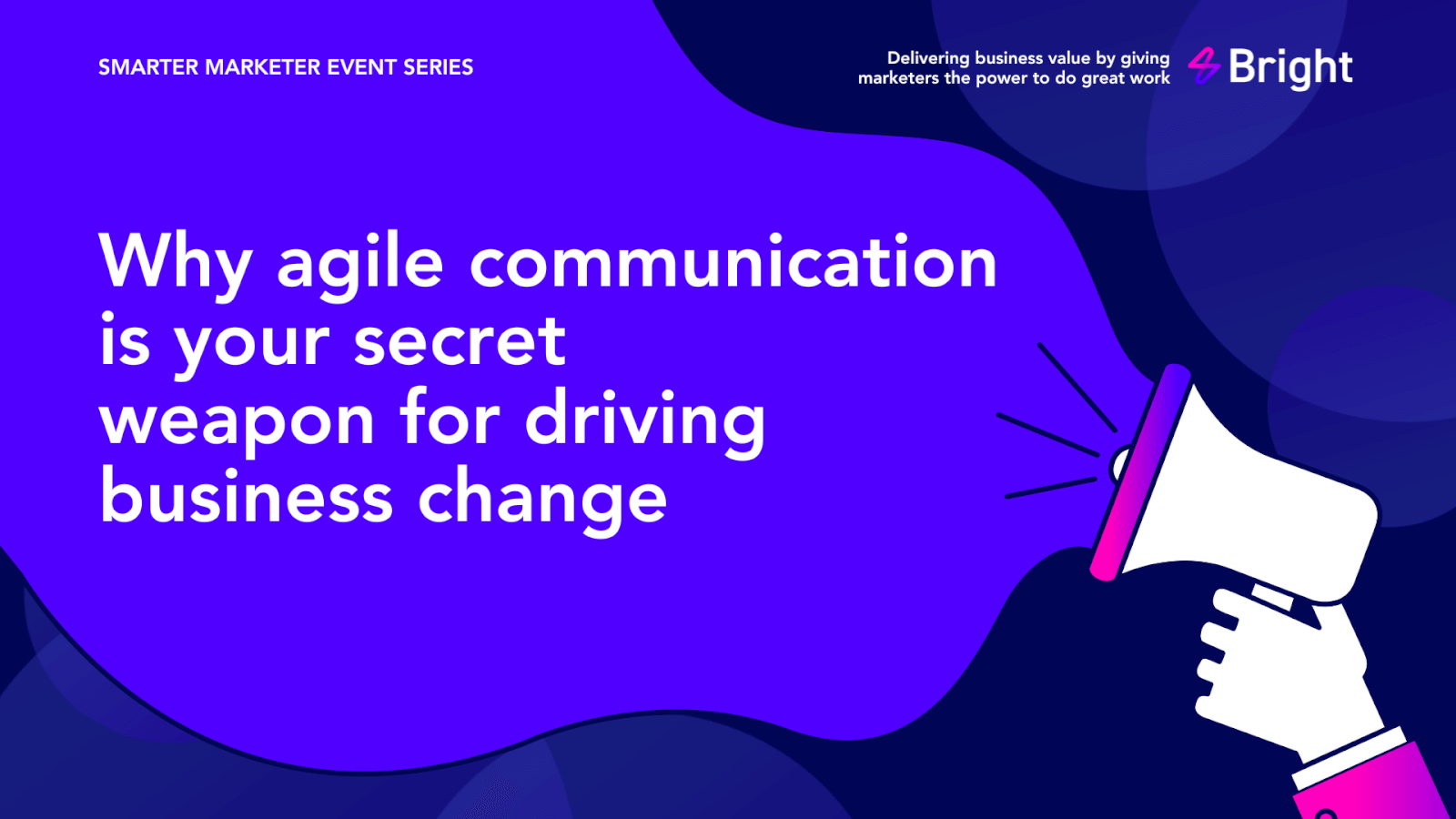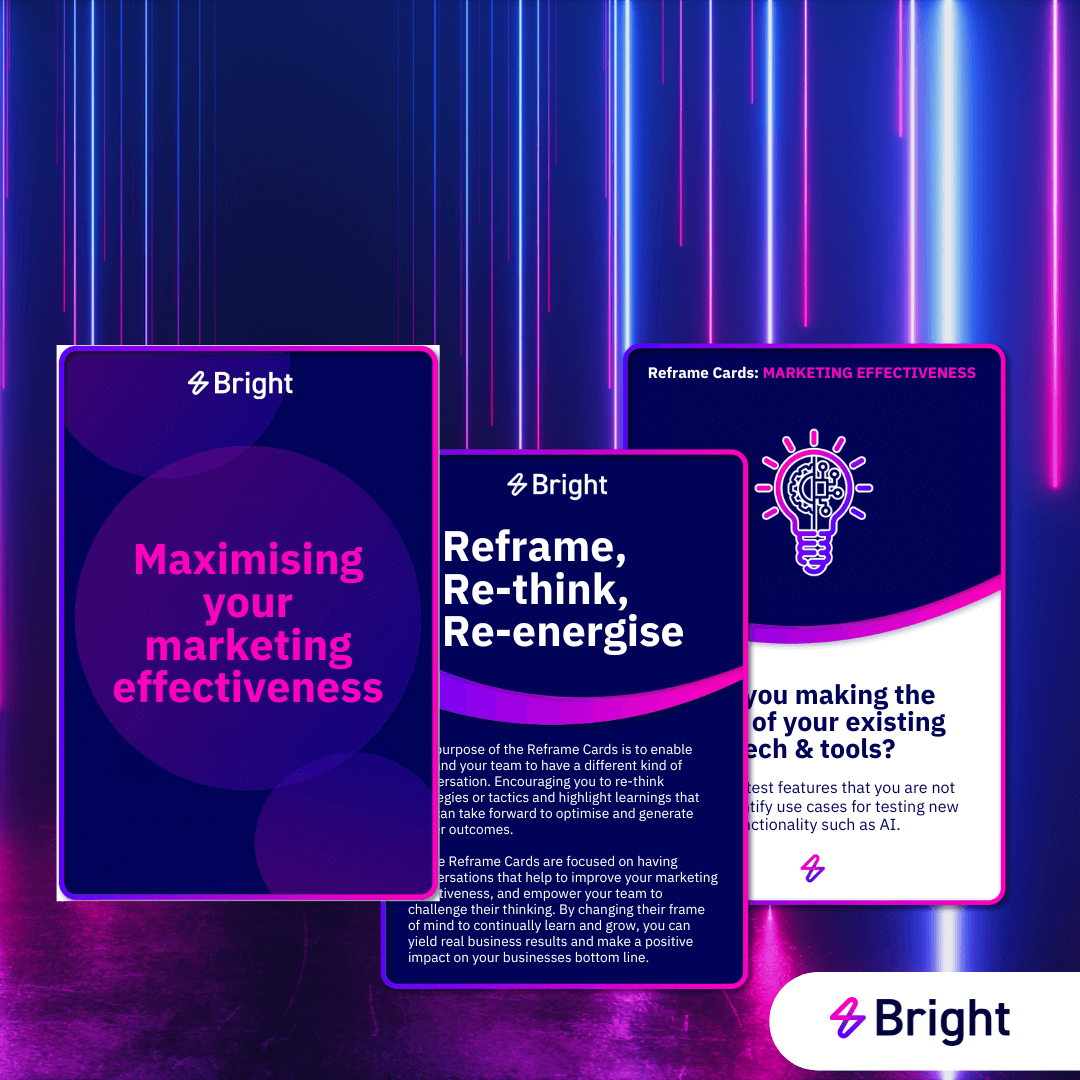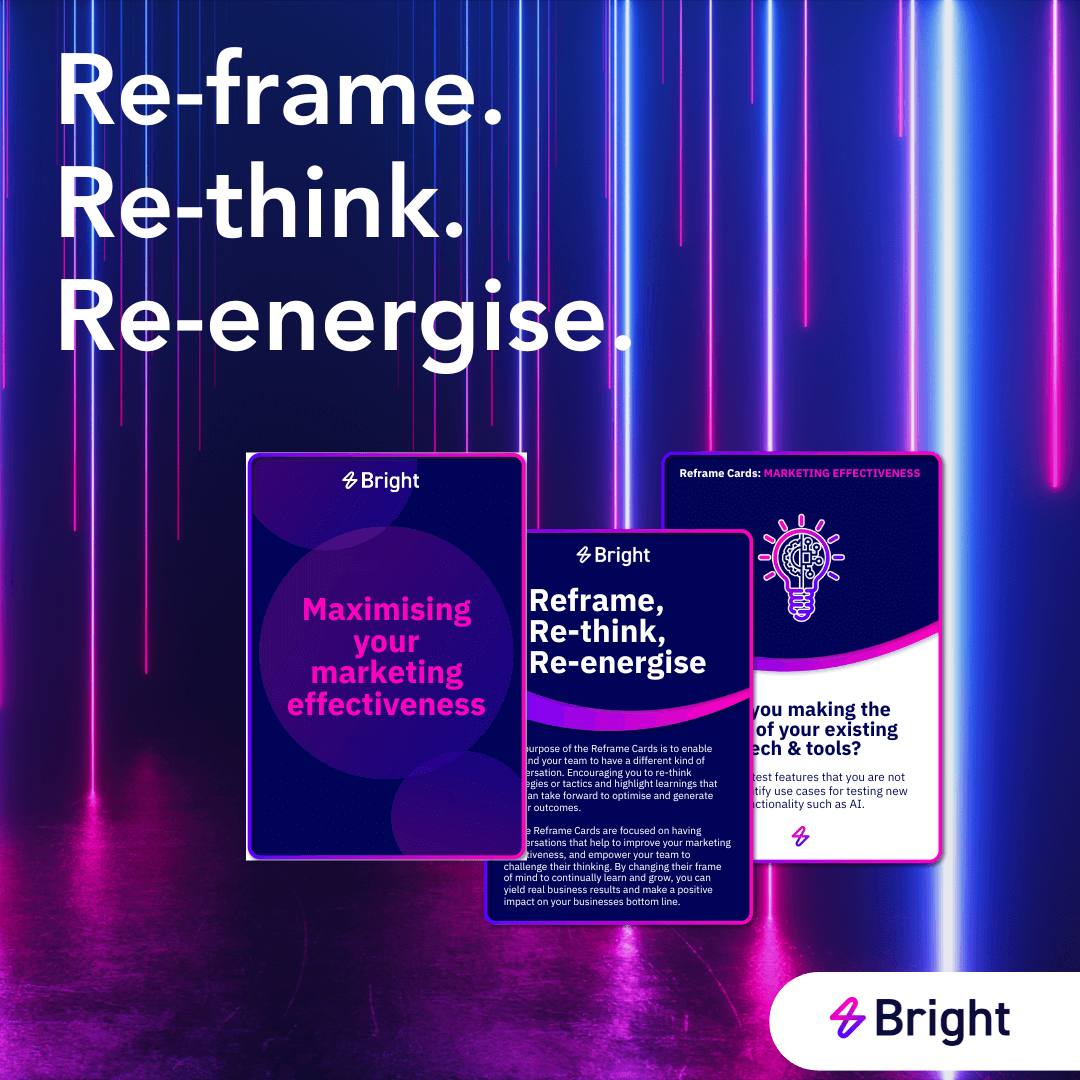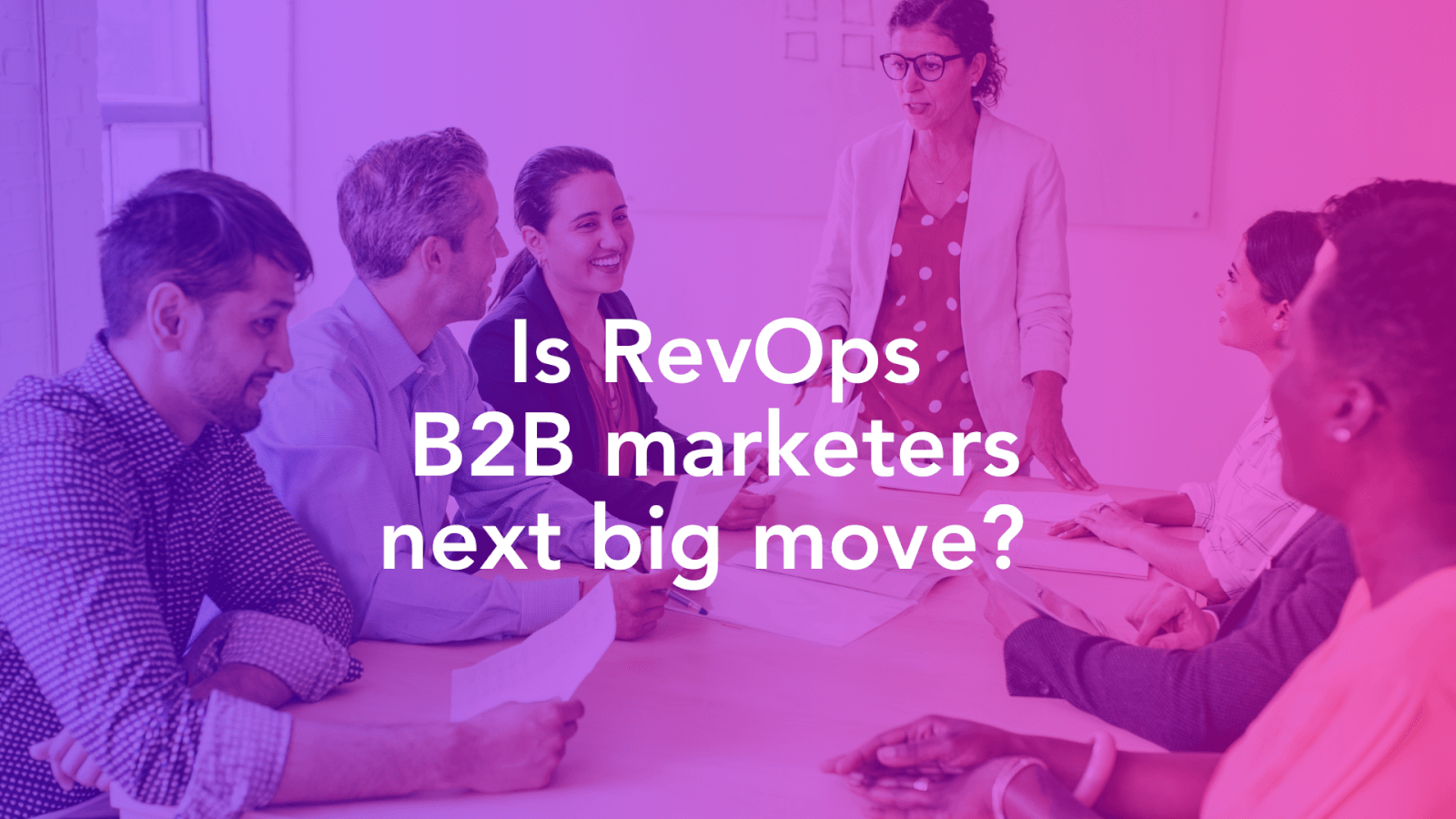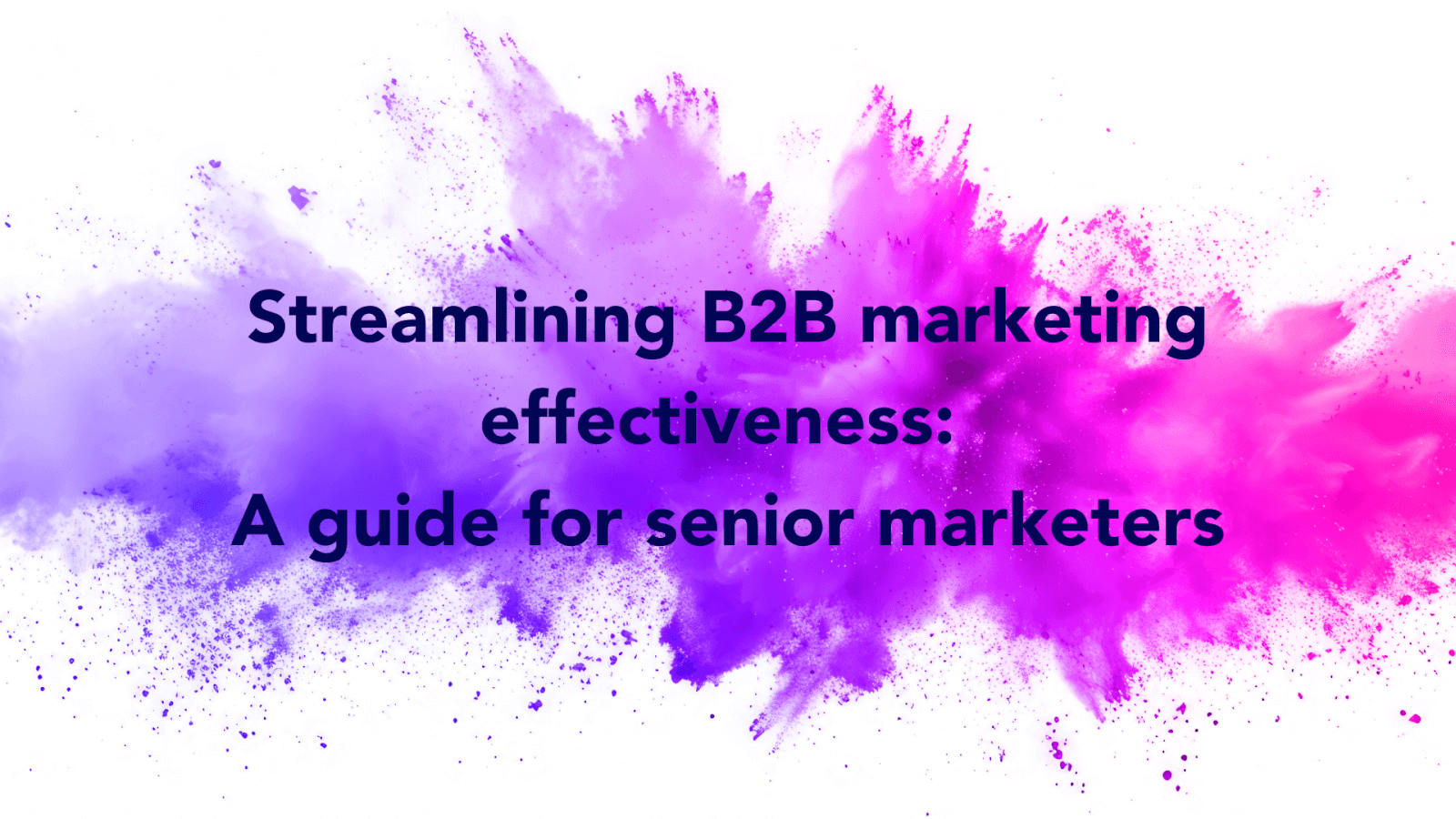The age-old struggle for alignment between marketing and sales is a well-worn path. Marketing creates fantastic content and engaging campaigns but sales don’t use or support the initiatives. Sales feels relevant sales enablement resources are lacking, while marketing struggles to understand their needs. This disconnect hinders revenue growth; and this is the key point, we’re all in it together, and creates a frustrating experience for everyone involved.
The answer lies in a powerful combination: agile marketing, a robust sales enablement strategy, and the strategic integration of Revenue Operations (RevOps). RevOps takes a holistic approach, aligning sales, marketing, and customer success teams across the entire customer lifecycle.
Building the foundation: communication & alignment
It all starts with open communication and clear alignment. Here’s what you need to establish a solid foundation through RevOps:
- Shared objectives & metrics (OKRs/KPIs):RevOps facilitates the creation of common goals for marketing and sales, ensuring both teams understand and work towards the same business and revenue objectives. This fosters collaboration and a sense of shared responsibility.
- Cross-functional collaboration:Talk to your sales colleagues, create trust and a closed feedback loop so you can continually improve things, together. RevOps ensures all departments are working together towards a common goal. This includes marketing, sales, customer service, and product development. By breaking down silos and encouraging communication between departments, RevOps can help to create a more cohesive and efficient organisation.
- Change enablement communications:Establishing a robust internal communication strategy is essential to ensure employees will engage with changes within the organisations, ensuring anything from the introduction of new technology to a change in strategic direction, is successfully and sustainably implemented.
- Consistent communication:Use internal channels (Teams, email, sales meetings) for short, regular updates. Organise events, virtual or actual, where you can mix and mingle and have open dialogue. Highlight content releases, showcase its value, and keep all teams informed on progress towards shared goals.
- Data-driven decisions:RevOps champions data-driven decision making. Analyse content performance with marketing automation tools to see what resonates with buyers. Use this data to refine messages and content formats in collaboration with both sales and marketing teams.
Empowering your sales force: The sales enablement arsenal
Agile marketing allows you to adapt and create content that directly addresses sales needs. Here are some key weapons in your sales enablement arsenal:
- Competitor battlecards: create one-page summaries that compare your offering against competitors. This empowers sales to confidently address customer concerns and is readily available to sales reps through the CRM or a centralised content library.
- Content for buyer roadblocks: Collaborate with sales to identify specific barriers in the sales process and validate through customer feedback. Create content (videos, infographics, interactive tools) that tackles these issues head-on (e.g., how your product streamlines ERP implementation).
- Customer advocacy & case studies: Showcase success stories and customer insights. Develop short-form content for emails highlighting the importance of specific topics to your audience, the benefits of working with you, and quantifiable ROI.
Feedback loops: Continuous improvement for sales success
Don’t let content become a one-way street. Utilise feedback loops to gather insights and improve the effectiveness of your sales enablement efforts. Here are a few ways to do this:
- Post-demo surveys: Design and deploy post-demo surveys to capture feedback from prospects. This feedback helps understand if the demo addressed their needs and what additional information they require. Sales reps can then use this information for further engagement.
- Seller kits: Create pre-made social media posts, messaging templates for outreach, and CRM snippets for easy content integration in the sales workflows. These seller kits ensure consistency and empower sales reps to leverage effective sales enablement content.
Personalisation & nurturing: Tailoring the buyer journey
For high-value accounts, go beyond generic content. Implement Account-Based Marketing (ABM) strategies:
- Personalised Web Pages: Create landing pages with the prospect’s branding or logo and highlight relevant client success stories in reports or ebooks. This personalisation fosters a stronger connection with the prospect.
- Nurture Flows: Develop multi-channel nurture campaigns with at least seven touchpoints to stay top-of-mind and guide prospects through the buyer journey. Ensure accurate CRM data for effective nurturing and automate much of the nurture process. Regularly review and optimise nurture flows with marketing to maximise their impact.
Optimising personas & filling buyer journey gaps
Analyse your buyer journey to identify areas of underperformance in volume, velocity, and deal value. Here’s how to optimise:
- Refine buyer personas: Conduct market research and analyse customer data to ensure your buyer personas are accurate and address the specific needs and challenges of your ideal customers.
- Test & nudge: Experiment with different marketing tactics (e.g., email campaigns, social media efforts) to see how they impact prospect conversion.
Embrace experimentation: Start small and utilise an agile approach. Test different strategies and continuously iterate based on data and feedback. These article on experimentation in marketing and the experimentation framework offers valuable insights on building your experimentation strategy .
Tailoring the approach: Recognising team variations
Acknowledge that different teams may have varying needs in terms of content consumption and support:
- Less experienced sales reps: May require more social selling support and easy-to-use digital tools. Create targeted training modules and readily accessible social media content templates.
- Experienced sales leaders : May benefit more from ABM-focused content and strategies. Ensure they have the right tools and resources for personalised outreach to high-value accounts.
Conduct surveys, focus groups, or interviews regularly and during any discovery phase for campaigns to understand your sales team’s maturity and capabilities. Collaborate with existing sales operations initiatives (e.g., regular sales force surveys) to gather valuable data. Streamline these processes and ensure insights are shared effectively with both marketing and sales teams.
An empowered and united team
By adopting an agile marketing approach, building a robust sales enablement strategy, and leveraging the power of RevOps, you can transform the relationship between your marketing and sales teams.
This fosters collaboration, empowers sales to close deals more effectively, and ultimately drives revenue growth. Remember, it’s not about creating content or campaigns in a silo; it’s about creating a collaborative and aligned approach where marketing, sales, customer success, product and other revenue generating teams work together in perfect harmony to achieve a common goal: exceptional customer experiences and sustainable business growth.

